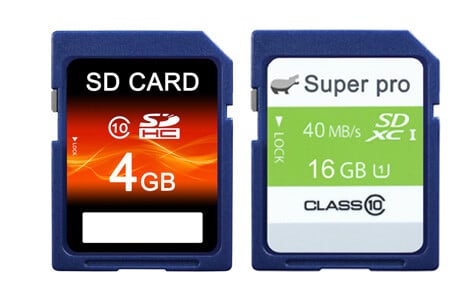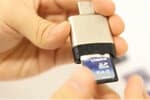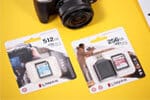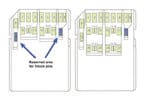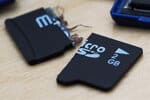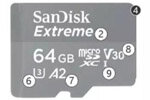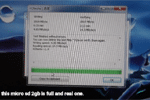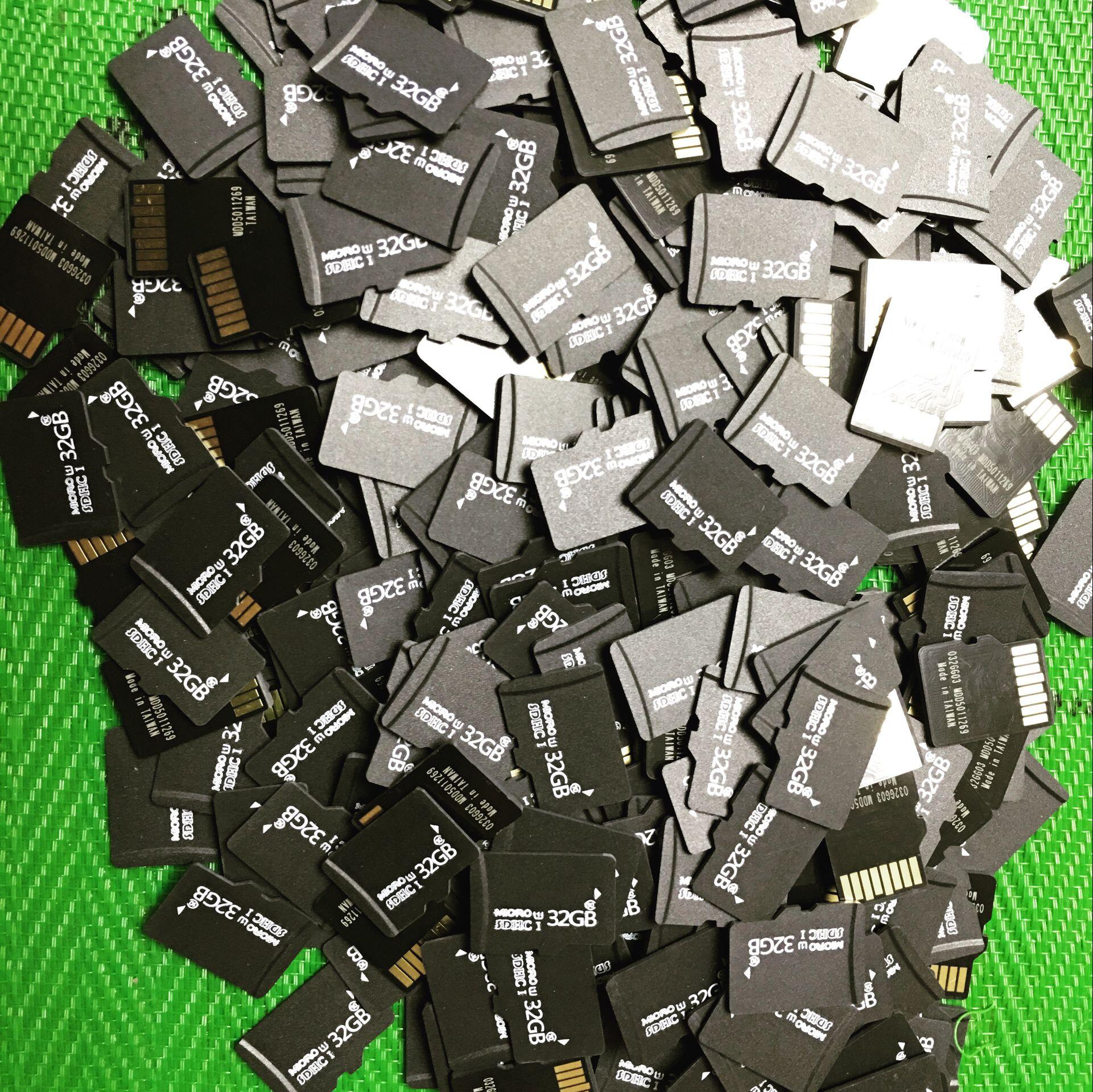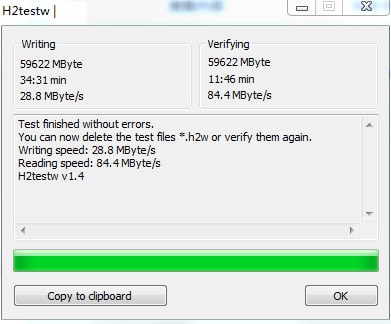How ultrasonic flowmeter works with bulk SD cards
An optional built-in mass data memory for the TDS series of ultrasonic flow meters, these Bulk SD cards, which are developed by the Memory Range Technology Co. Ltd. And then it can automatically record the text-format data output by the flow meters on their internal serial bus.
Content
- The principle of operation
- The run core
- The flow meter settings
The principle of operation
Without opening the flow meter enclosure or removing the memory card, on the contrary, a user can still use the USB connector to copy the data file directly to the computer for further processing.
The MCU on this storage will automatically create a folder named LCEMB on the blank SD. Furthermore, the received data will be completely saved to the 0001.TXT file under the folder. A new TXT file, such as 0002.TXT, 0003.TXT, or 0004.TXT, computer will create them every time. Also, it is turning on or every 24 hours if the 0001.TXT file already exists on the bulk SD cards. Therefore, original files will not be overwritten. Instead, the newly generated file will be immediately updating with the data to be stored. Obviously consumers don’t need to be concerned that the TXT file’s size will prevent them from opening it.
The run core
Generally speaking the memory is speedier and more stable since it uses an industrial-grade 32-bit ARM series high-performance embedded processor. In addition, it can support a high-speed TF card with a capacity as large as 32G and completely support the user’s long-term use.
What’s more, the file system uses a special dynamic memory allocation algorithm to control memory consumption and release in order to improve data transmission efficiency, prevent data loss, support data storage rates of up to 14K bytes/second, and guarantee that no byte is lost over the course of prolonged operation.
The built-in memory card has a self-locking card holder as well as shockproof. On the other hand, data loss caused by unintentional poor contact between the memory card and the card holder can avoid it. And when there is no memory card or the memory card has poor contact, a buzzer will immediately sound a warning. When the memory card cannot be detected or is full, the warning will also sound eventually.
At first the memory controls a U disk and enables data copying from a USB. Secondly there is no need to install drivers because it includes a high-speed USB 2.0 interface with automated USB recognition. For instance, the power supply needs to be off before using a USB to copy data files. The memory cannot be powered simultaneously by the flow meter power source and the USB power supply.
In a word, the flow meter power supply is used by the card when it functions, negating the need for an external power source.
In order to prevent the data from being printed out simultaneously when a thermal printer is connecting to the bus, a switch to manage the printer’s power must be included.
S1 Pin definition
| Pin | Name | Specification |
| 1 | VCC | 3.6V |
| 2 | GND | GND |
| 3 | NC | NC |
| 4 | Data(RX) | Data input |
S2 USB Pin definition
| Pin | Name | Specification |
| 1 | GND | GND |
| 2 | VCC | 5V power source |
| 3 | D+ | Negative data |
| 4 | D- | Positive data |
Indicator light
| State | Display |
| Working normally | Buzzer does not alarm |
| Data being stored | SAVE light flashes every 5 seconds |
| Abnormal condition | Buzzer alarms |
The settings of the flow meter
In order to make sure the SD card work functionally, please follow the below configurations:
- Use the M50 menu to store the content you need.
- Use the M51 menu to choose when to start saving, how often to save, and how many times to save. Enter **:**:** for the start time of saving. When the number of storage cycles is entered as 9999, data storage is possible indefinitely.
- Sending the flow meter’s data to the “internal serial bus” , you need to choose it in the M52 menu.

